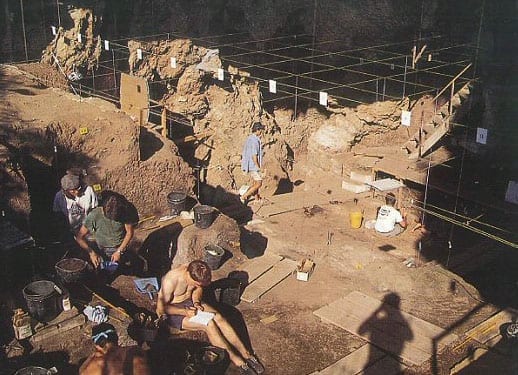
Mousterian Culture – Kebara Cave in Ramat Hanadiv’s Nature Park
Prof. Ofer Bar-Yosef
Kebara Cave, located in Ramat Hanadiv’s Nature Park, contains evidence of human existence during the period 70,000–45,000 BCE from the late Mousterian culture. This culture is also known from Tabun Cave on Mt. Carmel and Amud Cave, as well as from a few other unroofed caves, most of which are located in the Negev Highlands and the Golan Heights. Usually a few layers are preserved in these caves; they represent activity that took place on site, tens of thousands of years ago. From the findings we know that the people of this period were hunters and gatherers. Many hearths were also found at these sites.
These human remains are very important for human evolution research and these discoveries have attracted attention from the scientific world ever since. Among other things, the Land of Israel was the place where ancient modern humans met the Neanderthal population, which had evolved in Europe.
